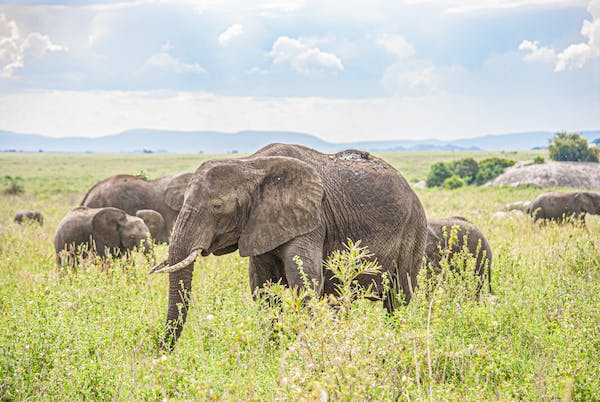The immense and awe-inspiring Victoria Falls are known to the local people as ‘Mosi-oa-Tunya’ – Smoke Which Thunders’, and is the greatest known curtain of falling water.
However you describe them, the falls are a breathtaking spectacle which, “roar as if possessed”, and spew vast clouds of mist from a dark and seething cauldon.” They are one of the greatest natural wonders in the world.
This is a small wildlife sanctuary (only 25.5 square miles (66 square kilometres) running along the north bank of the Zambezi, encompassed in Mosi-oa-Tunya National Park. It is worth a short visit not only for the sight of what are probably Zambia’s only remaining rhino, but also for some common species.
Within this park is the Old Drift cemetery where the first European settlers were buried. They made camp by the river, but kept succumbing to a strange and fatal illness. They blamed the yellow/green-barked ‘Fever Trees’ for this incurable malady, while all the time it was the malarial mosquito causing their demise. Before long the community moved to higher ground and the town of Livingstone emerged.
Livingstone’s main street is dotted with classic colonial buildings, and while some are decaying, many others have been restored.
Victorian tin roofed houses with wooden verandas are a typical example of the English settler architecture and there is also a distinct art-deco influence. Livingstone is a quiet lazy little town with much charm and a feeling of optimism in the air.
Baboons are frequently seen on the paths leading to the falls and small antelopes and warthogs inhabit the rainforests that hug the edge of the falls. In the wildlife reserve, the pastures and tall riverine forests contain plenty of birds and a scattering of animals including some white rhino, elephants, giraffe, zebra, sable, eland, buffalo and impala.
Rain Season: Peak flood season is in March and April and the falls are at full power. This also means that the full width of the gorge is hard to see and photography is difficult due to immense amounts of spray. The aerial view at this time is spectacular.
Dry Season: The falls are at their lowest around November and December. This season’s gift is the opportunity to appreciate a clear view of the sheer cliffs and the abyss into which the water falls.

